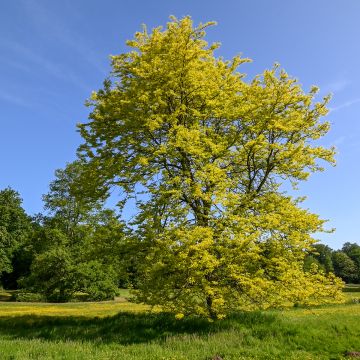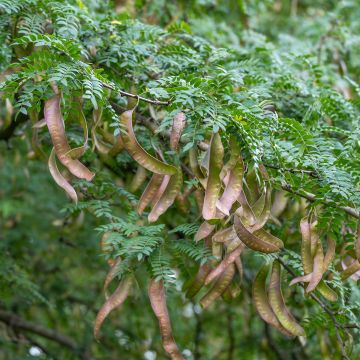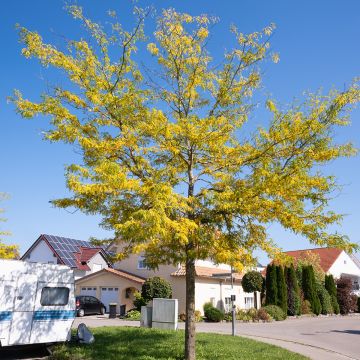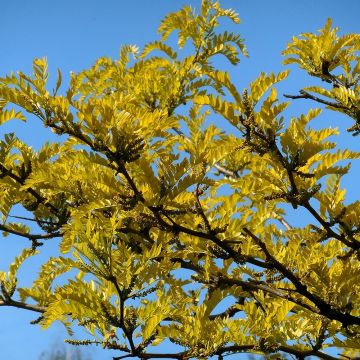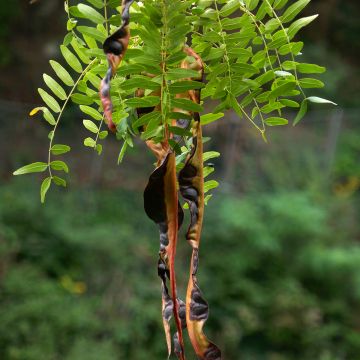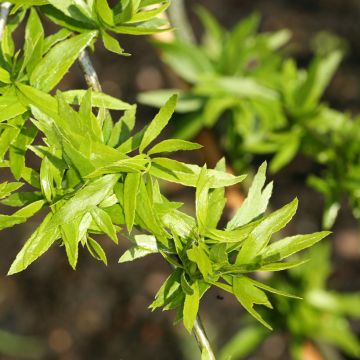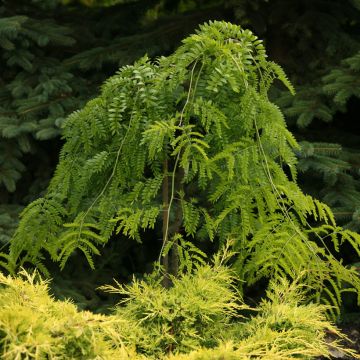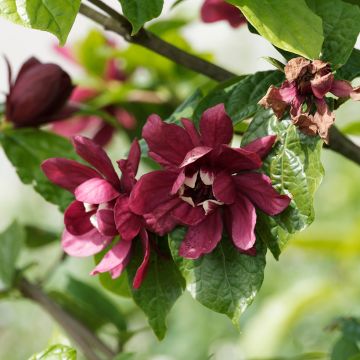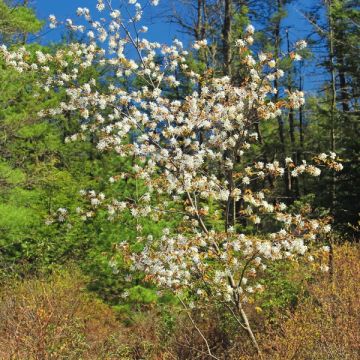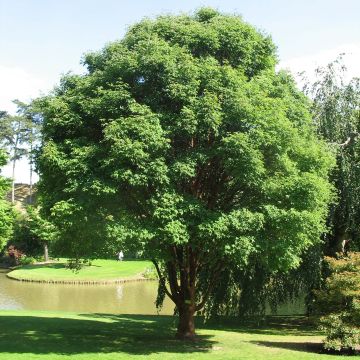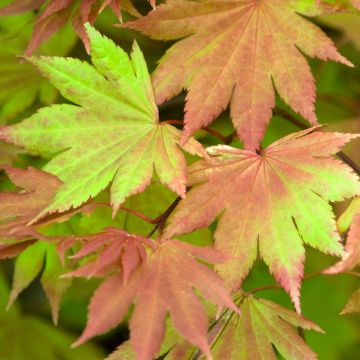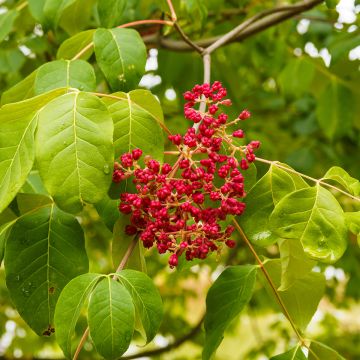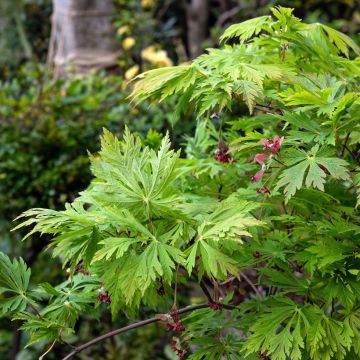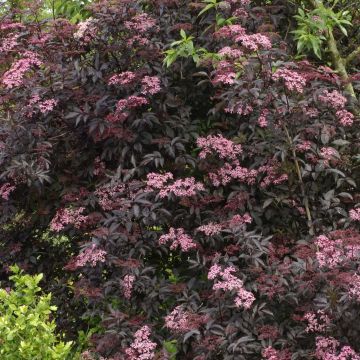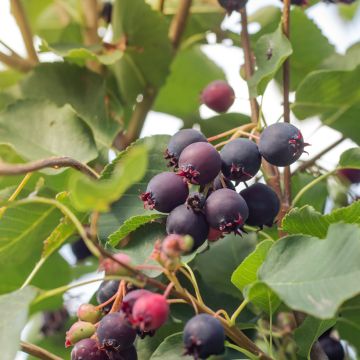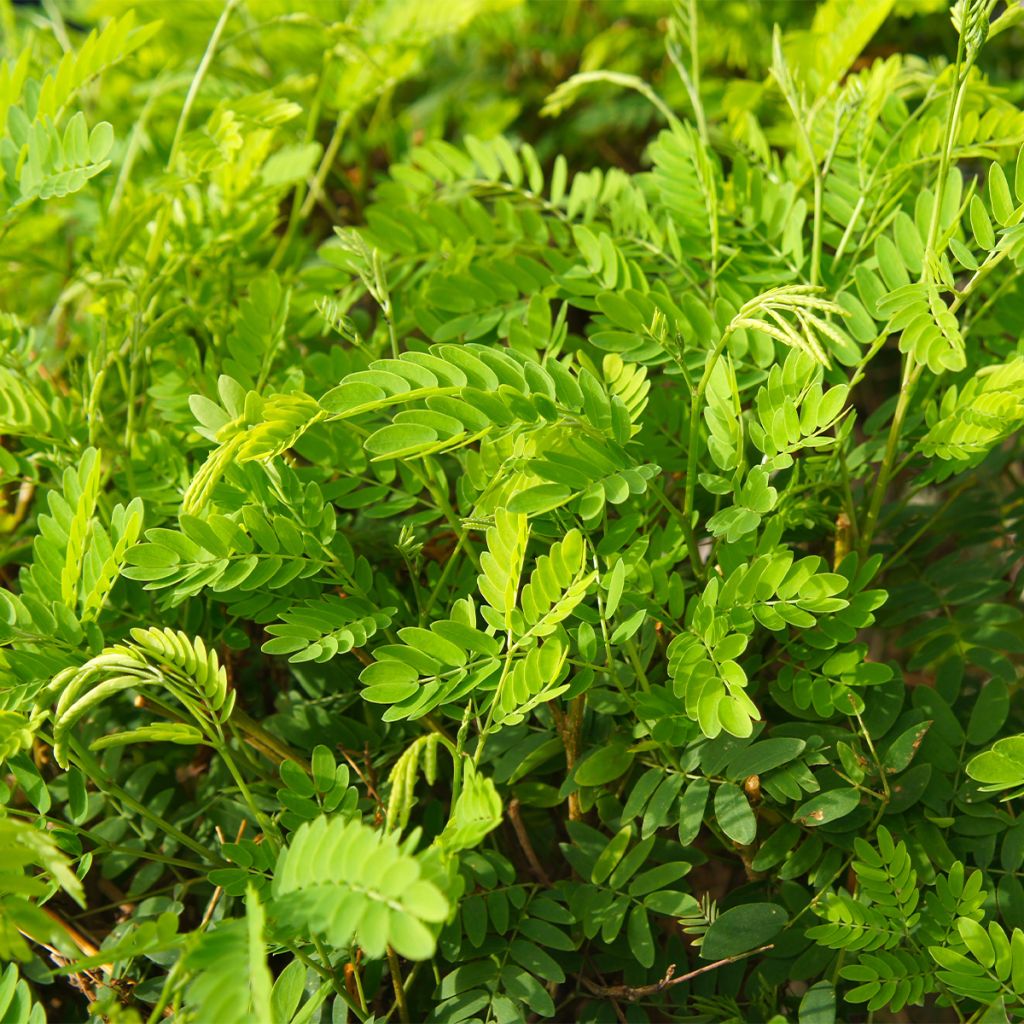

Gleditsia triacanthos Elegantissima - Honeylocust
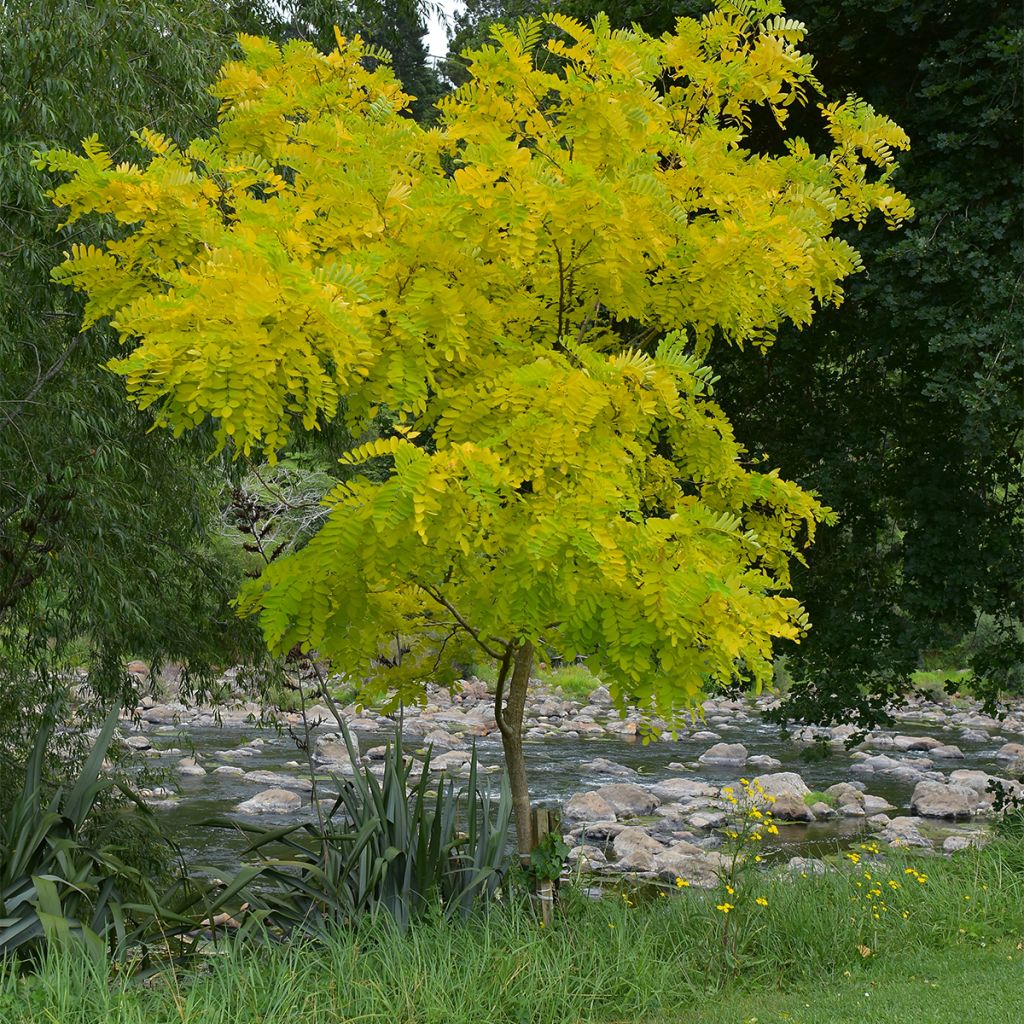

Gleditsia triacanthos Elegantissima - Honeylocust
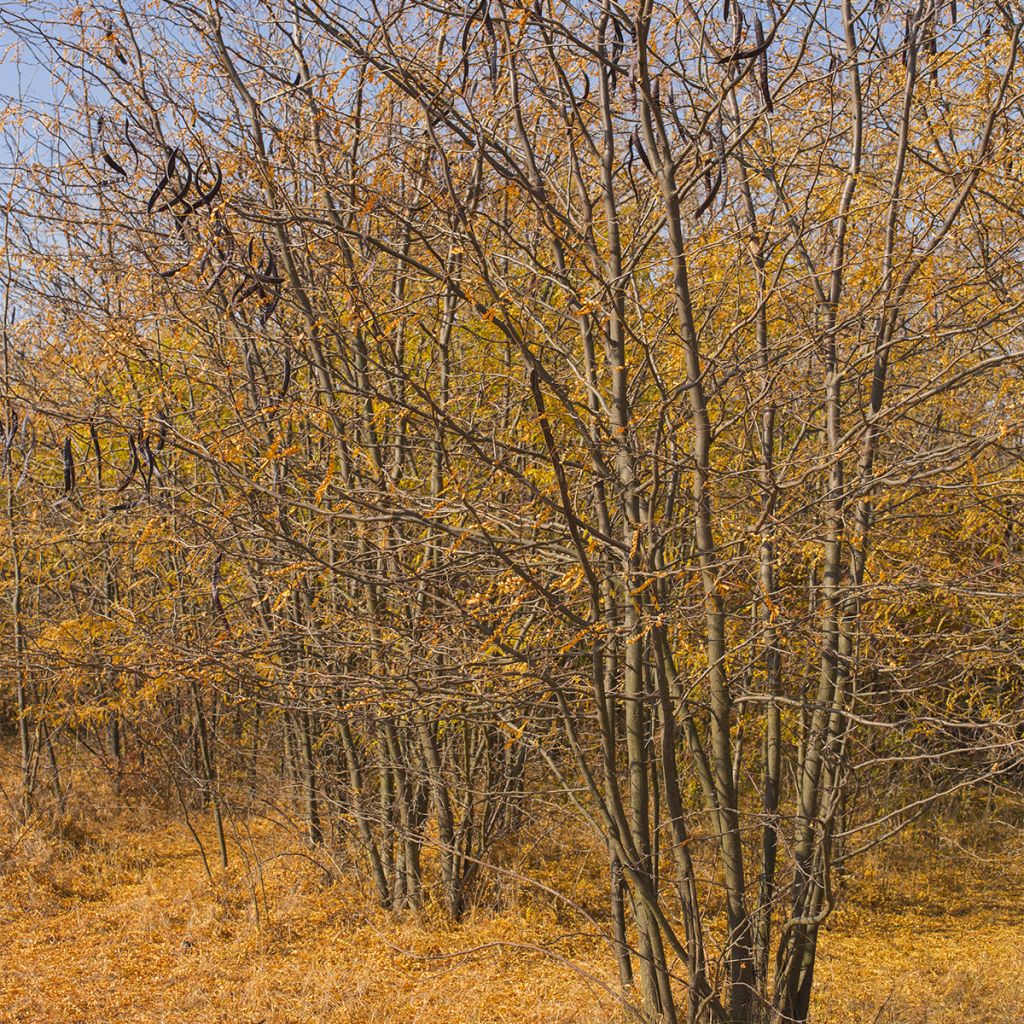

Gleditsia triacanthos Elegantissima - Honeylocust
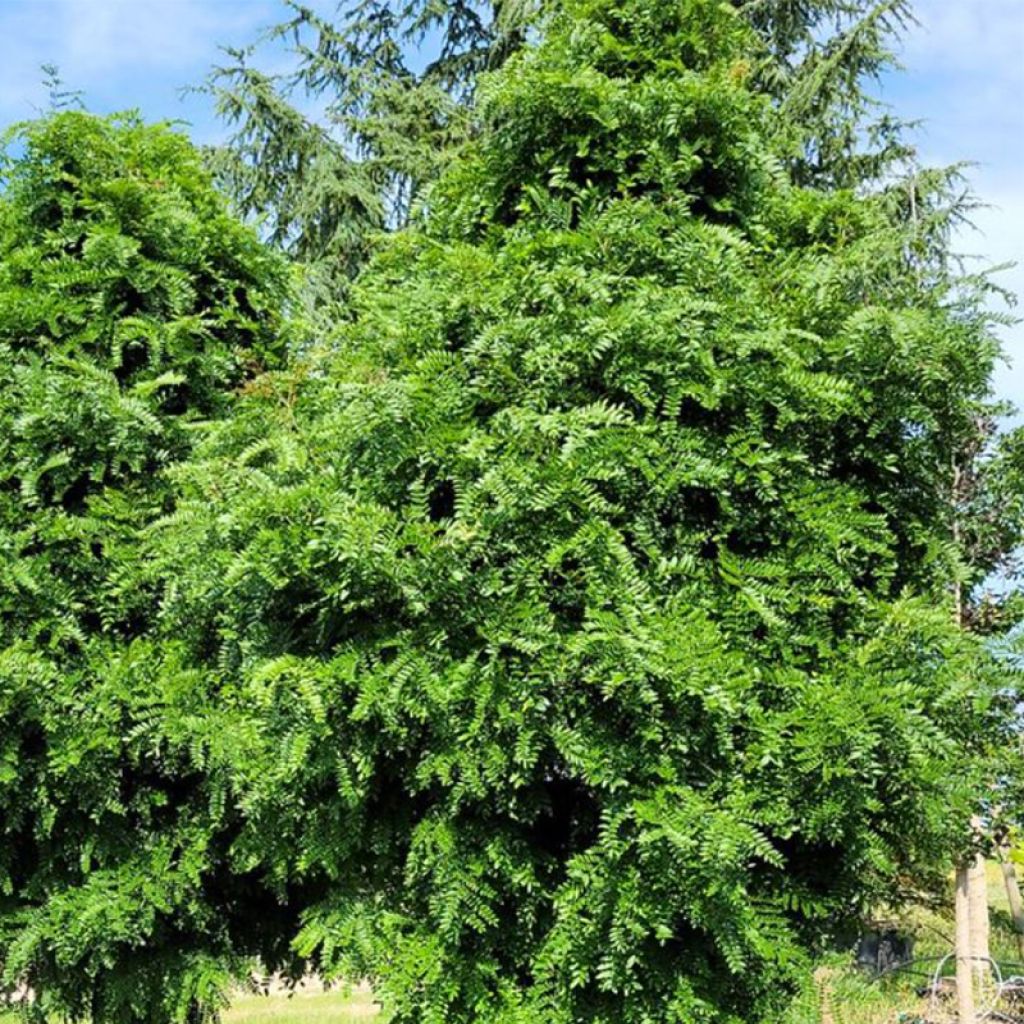

Gleditsia triacanthos Elegantissima - Honeylocust
Gleditsia triacanthos Elegantissima - Honeylocust
Gleditsia triacanthos Elegantissima
Honey locust, Thorny locust, Three-thorned acacia
Special offer!
Receive a €20 voucher for any order over €90 (excluding delivery costs, credit notes, and plastic-free options)!
1- Add your favorite plants to your cart.
2- Once you have reached €90, confirm your order (you can even choose the delivery date!).
3- As soon as your order is shipped, you will receive an email containing your voucher code, valid for 3 months (90 days).
Your voucher is unique and can only be used once, for any order with a minimum value of €20, excluding delivery costs.
Can be combined with other current offers, non-divisible and non-refundable.
Why not try an alternative variety in stock?
View all →This plant carries a 24 months recovery warranty
More information
We guarantee the quality of our plants for a full growing cycle, and will replace at our expense any plant that fails to recover under normal climatic and planting conditions.
Does this plant fit my garden?
Set up your Plantfit profile →
Description
The Gleditsia triacanthos 'Elegantissima' is an alternate variety of the American Honey Locust, particularly elegant due to its large, shiny light green leaves, soft and more finely structured than those of the species. It is a deciduous small tree with a columnar habit and well-branched, sometimes from its base, gradually widening at maturity, providing pleasant shade. In summer, its honey-scented inflorescences appear, but they are very discreet, followed by fruits in long original pods, reddish-brown in color, contrasting beautifully with the golden yellow autumn foliage. Plant it isolated near a terrace or mixed with other trees and bushes in a contrasting lively hedge.
The Gleditsia triacanthos is a tree of the fabaceae family related to the carob tree, native to the eastern and central United States (from Nebraska, through Pennsylvania to Texas). It grows rapidly, especially in moist soil. Young specimens need protection from severe cold, but an adult tree can withstand temperatures well below -15°C. Once well rooted, the American Honey Locust tolerates summer drought well. It can tolerate almost all types of soil, except those that are too acidic.
The Gleditsia triacanthos 'Elegantissima' is a horticultural selection that has the advantage of being thornless and having a very dense, feathery foliage. Its columnar and airy habit towards the top, with its 'drapery' vegetation, makes it an exceptional shade tree and a sought-after nesting spot for birds. It grows relatively slowly, reaching a height of about 6m (19 ft 8 in) and a spread of 4m (13 ft 1 in) at maturity. The foliage appears in late spring. The large, intensely divided leaves, with small 2cm (0.8 in) leaflets, are alternate, pinnate, and measure between 14 and 25cm (5.5 and 9.8 in). The foliage coloration, which changes from very light green in spring to golden yellow in autumn, is accompanied by a glossy texture that plays beautifully with the light, even in transparency. Often branching from the base, its trunk has a pretty dark bark with crevices, initially reddish-brown, becoming gray. This tree bears separate male and female flowers. Its discreet flowering in June-July is very honey-scented and slightly fragrant. It takes the form of elongated clusters measuring 5-10cm (2-3.9 in). The female flowers transform into pendulous pods, mahogany to reddish-brown and flattened, measuring 20 to 40cm (7.9 to 15.7 in) in length, persisting in winter, with sweet and edible pulp. This tree has a deep and taproot system, requiring a soil of good depth as well.
One may wonder why the thornless American Honey Locust and its varieties are not more commonly planted, perhaps it is due to its insignificant flowering, largely compensated by the splendor of its foliage. In summary, it is a perfect tree for isolation, in a large garden, planted near a terrace or a resting area, where it provides shade without preventing other plants from growing at its base. It is also suitable for alignment in a flower bed or in association with other trees and bushes in a hedge. Its astonishing colours catch the light, representing a true alternative to break the monotony of certain foliage, such as that of lilacs, mock oranges, cornelian cherry, once their bloom is over.
An ornamental tree and a useful plant, Gleditsia has hard and dense, reddish-brown wood, locally used for making posts, railway sleepers, and also appreciated in cabinetmaking. Its foliage, rich in proteins, is excellent fodder for livestock. This highly adaptable tree, if it thrives in rich and moist soil, even poorly drained, ultimately tolerates dry, poor, and limestone soils once it is well established.
Report an error about the product description
Gleditsia triacanthos Elegantissima - Honeylocust in pictures
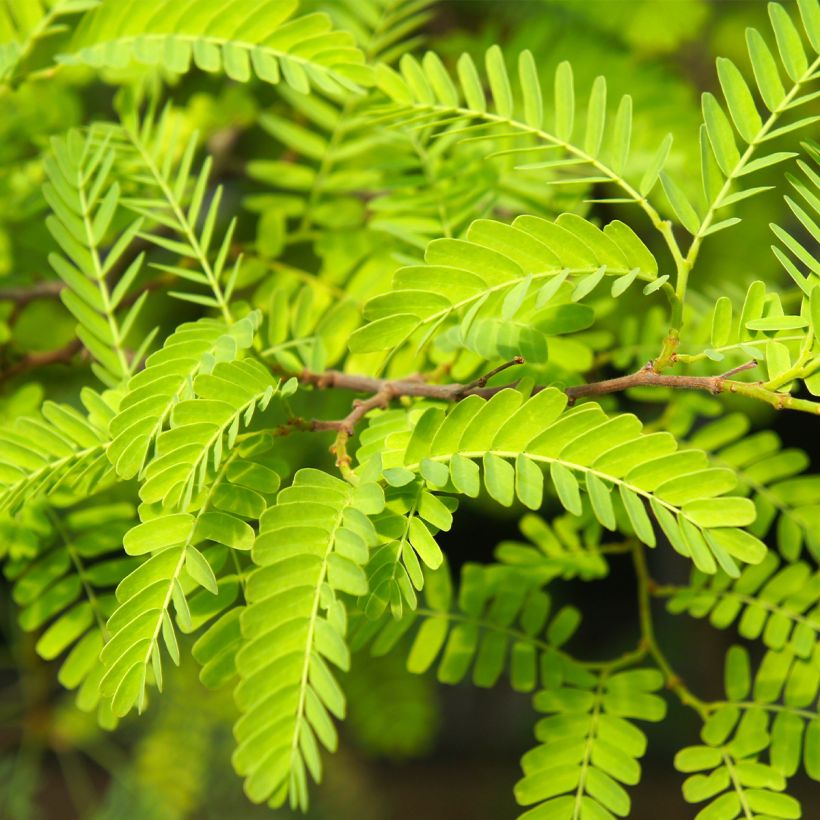

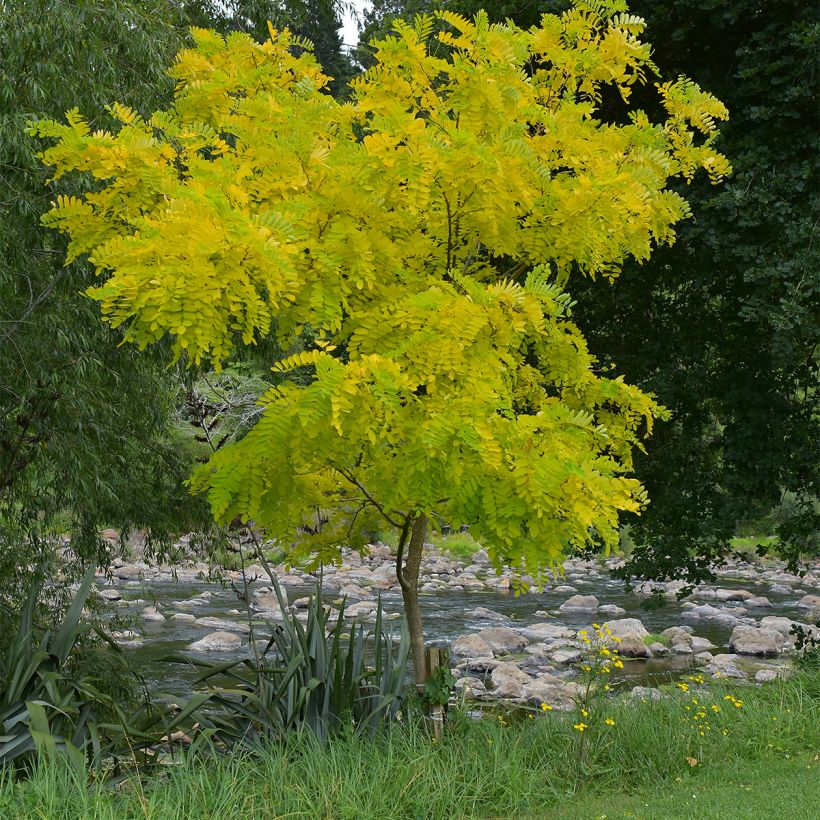

Plant habit
Flowering
Foliage
Botanical data
Gleditsia
triacanthos
Elegantissima
Fabaceae
Honey locust, Thorny locust, Three-thorned acacia
Cultivar or hybrid
Other Gleditsia - Honey Locust
View all →Planting and care
The Gleditsia triacanthos 'Elegantissima' prefers a sunny location and a rich, but properly drained, soil. Areas where the wind often blows are to be avoided as the wood is quite fragile. It adapts to almost all soils, except those that are too acidic. Make a deep planting hole or remove a thick layer of gravel, mix compost with your garden soil for organic matter, and add sand if needed to lighten heavy soils such as clay. When young, winter protection is required. Pruning is limited to removing dead branches, it does not require training pruning, its trunk is naturally well cleared. Once well rooted, this tree withstands summer drought quite well.
Planting period
Intended location
Care
Planting & care advice
This item has not been reviewed yet - be the first to leave a review about it.
Similar products
Haven't found what you were looking for?
Hardiness is the lowest winter temperature a plant can endure without suffering serious damage or even dying. However, hardiness is affected by location (a sheltered area, such as a patio), protection (winter cover) and soil type (hardiness is improved by well-drained soil).

Photo Sharing Terms & Conditions
In order to encourage gardeners to interact and share their experiences, Promesse de fleurs offers various media enabling content to be uploaded onto its Site - in particular via the ‘Photo sharing’ module.
The User agrees to refrain from:
- Posting any content that is illegal, prejudicial, insulting, racist, inciteful to hatred, revisionist, contrary to public decency, that infringes on privacy or on the privacy rights of third parties, in particular the publicity rights of persons and goods, intellectual property rights, or the right to privacy.
- Submitting content on behalf of a third party;
- Impersonate the identity of a third party and/or publish any personal information about a third party;
In general, the User undertakes to refrain from any unethical behaviour.
All Content (in particular text, comments, files, images, photos, videos, creative works, etc.), which may be subject to property or intellectual property rights, image or other private rights, shall remain the property of the User, subject to the limited rights granted by the terms of the licence granted by Promesse de fleurs as stated below. Users are at liberty to publish or not to publish such Content on the Site, notably via the ‘Photo Sharing’ facility, and accept that this Content shall be made public and freely accessible, notably on the Internet.
Users further acknowledge, undertake to have ,and guarantee that they hold all necessary rights and permissions to publish such material on the Site, in particular with regard to the legislation in force pertaining to any privacy, property, intellectual property, image, or contractual rights, or rights of any other nature. By publishing such Content on the Site, Users acknowledge accepting full liability as publishers of the Content within the meaning of the law, and grant Promesse de fleurs, free of charge, an inclusive, worldwide licence for the said Content for the entire duration of its publication, including all reproduction, representation, up/downloading, displaying, performing, transmission, and storage rights.
Users also grant permission for their name to be linked to the Content and accept that this link may not always be made available.
By engaging in posting material, Users consent to their Content becoming automatically accessible on the Internet, in particular on other sites and/or blogs and/or web pages of the Promesse de fleurs site, including in particular social pages and the Promesse de fleurs catalogue.
Users may secure the removal of entrusted content free of charge by issuing a simple request via our contact form.
The flowering period indicated on our website applies to countries and regions located in USDA zone 8 (France, the United Kingdom, Ireland, the Netherlands, etc.)
It will vary according to where you live:
- In zones 9 to 10 (Italy, Spain, Greece, etc.), flowering will occur about 2 to 4 weeks earlier.
- In zones 6 to 7 (Germany, Poland, Slovenia, and lower mountainous regions), flowering will be delayed by 2 to 3 weeks.
- In zone 5 (Central Europe, Scandinavia), blooming will be delayed by 3 to 5 weeks.
In temperate climates, pruning of spring-flowering shrubs (forsythia, spireas, etc.) should be done just after flowering.
Pruning of summer-flowering shrubs (Indian Lilac, Perovskia, etc.) can be done in winter or spring.
In cold regions as well as with frost-sensitive plants, avoid pruning too early when severe frosts may still occur.
The planting period indicated on our website applies to countries and regions located in USDA zone 8 (France, United Kingdom, Ireland, Netherlands).
It will vary according to where you live:
- In Mediterranean zones (Marseille, Madrid, Milan, etc.), autumn and winter are the best planting periods.
- In continental zones (Strasbourg, Munich, Vienna, etc.), delay planting by 2 to 3 weeks in spring and bring it forward by 2 to 4 weeks in autumn.
- In mountainous regions (the Alps, Pyrenees, Carpathians, etc.), it is best to plant in late spring (May-June) or late summer (August-September).
The harvesting period indicated on our website applies to countries and regions in USDA zone 8 (France, England, Ireland, the Netherlands).
In colder areas (Scandinavia, Poland, Austria...) fruit and vegetable harvests are likely to be delayed by 3-4 weeks.
In warmer areas (Italy, Spain, Greece, etc.), harvesting will probably take place earlier, depending on weather conditions.
The sowing periods indicated on our website apply to countries and regions within USDA Zone 8 (France, UK, Ireland, Netherlands).
In colder areas (Scandinavia, Poland, Austria...), delay any outdoor sowing by 3-4 weeks, or sow under glass.
In warmer climes (Italy, Spain, Greece, etc.), bring outdoor sowing forward by a few weeks.






























